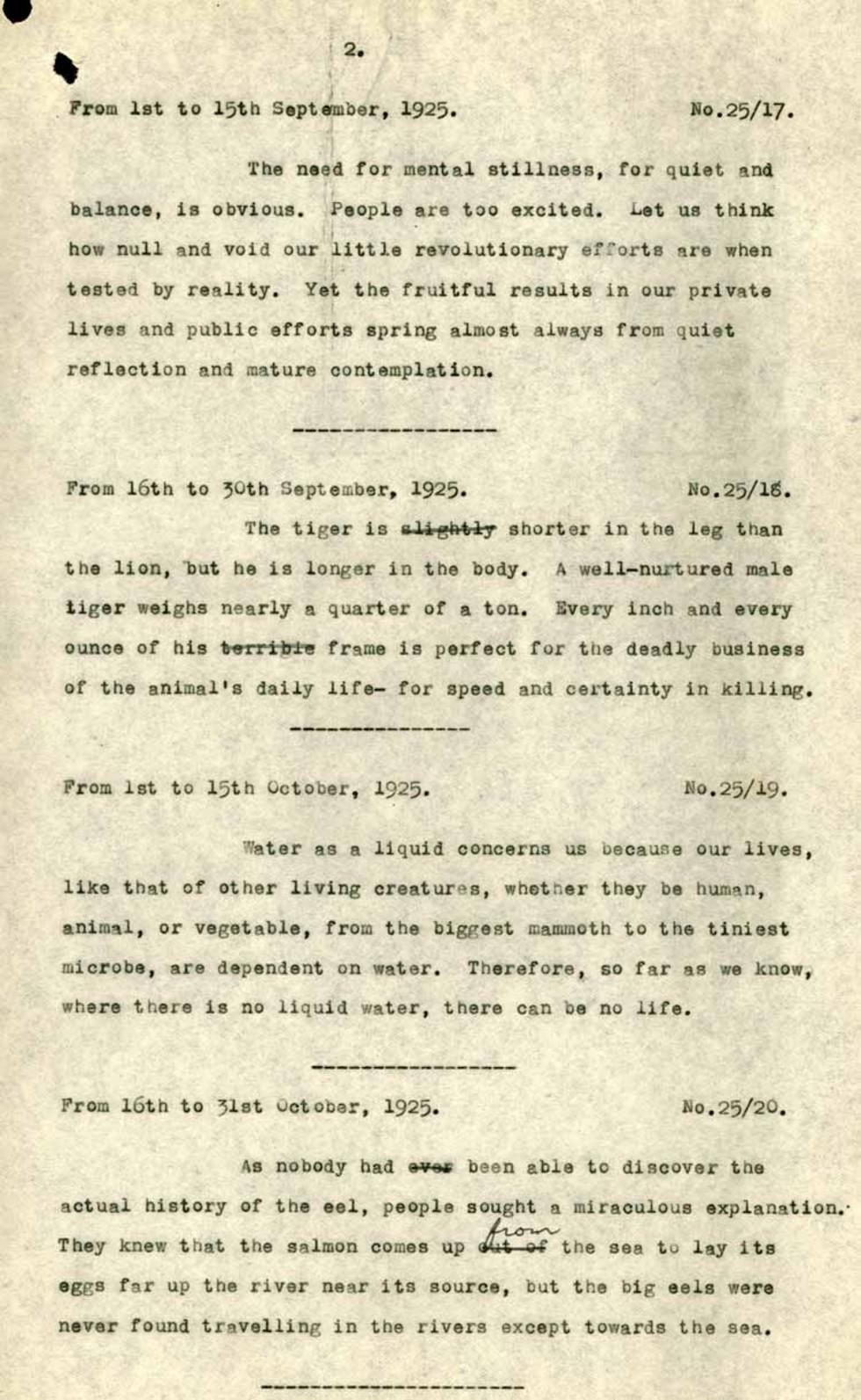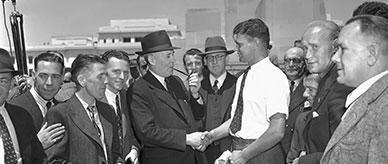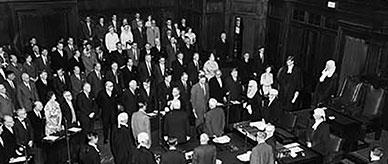


Transcript
[Page number] 2.
From 1st to 15th September, 1925.
No. 25/17.
The need for mental stillness, for quiet and balance, is obvious. People are too excited. Let us think how null and void our little revolutionary efforts are when tested by reality. Yet the fruitful results in our private lives and public efforts spring almost always from quiet reflection and mature contemplation.
[Dividing line.]
From 16th to 30th September, 1925.
No.25/18.
The tiger is slightly [word crossed out] shorter in the leg than the lion, but he is longer in the body. A well-nurtured male tiger weighs nearly a quarter of a ton. Every inch and every ounce of his terrible [word crossed out] frame is perfect for the deadly business of the animal’s daily life – for speed and certainty in killing.
[Dividing line.]
From 1st to 15th October, 1925.
No. 25/19.
Water as a liquid concerns us because our lives, like that of other living creatures, whether they be human, animal, or vegetable, from the biggest mammoth to the tiniest microbe, are dependent on water. Therefore, so far as we know, where there is no liquid water, there can be no life.
[Dividing line.]
From 16th to 31st October, 1925.
No. 25/20.
As nobody had ever been able to discover the actual history of the eel, people sought a miraculous explanation. They knew that the salmon comes up [the words ‘out of’ are crossed out, replaced with ‘from’] the sea to lay its eggs far up the river near its source, but the big eels were never found travelling in the rivers except towards the sea.
About this record
The dictation test was one of the primary ways the Immigration Restriction Act was implemented. Anyone failing to write the passage down could be deported under the Immigration Restriction Act 1901. The test could be given in any European language. The Immigration Restriction Act 1901, was a landmark law passed by the first parliament of the Commonwealth of Australia. The Act provided the cornerstone of the unofficial 'White Australia' policy. This policy, aimed at maintaining Australia as a nation populated predominantly by white Europeans, remained in place for many decades.
Related themes
Need help with your research?
Learn how to interpret primary sources, use our collection and more.


